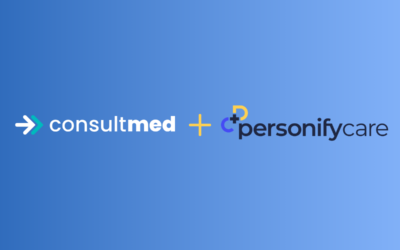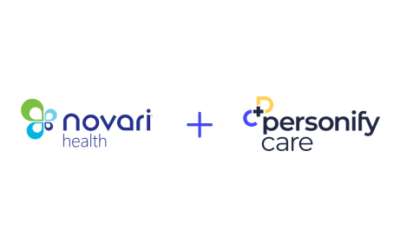Familiar challenges faced by healthcare teams.
Nursing and admin staff are under increased pressure to deliver high quality patient outcomes through nursing care that is patient-centred, efficient and cost effective.
Healthcare teams are managing increased volumes of patients that are increasing in complexity. Add to that the additional pressures and workload from the pandemic, meaning staff also need to COVID screen all patients prior to their hospital admission, usually via a manual phone call.
Staff are spending a considerable amount of time just calling patients to collect basic routine information – capacity that could otherwise be directed at high value care to patients in need of support.
Common challenges faced by healthcare teams making pre and post operative phone calls include:
- COVID Screening Every Patient – every patient must now be COVID screened prior to admission.
- Unanswered Calls – staff having to repeatedly call patients when they do not answer due to calls being made from private hospital numbers and leading to inefficiencies on the day of admission.
- Documenting Patient Responses – having to manually document patient responses into an EMR or onto a paper-based chart (which are prone to being misplaced).
- Long calls for complex patients – phone calls taking up to 1 hour for high-risk patients or those with complex needs.
How to reduce the number of phone calls – without compromising quality of care.
A significant proportion of clinical time is spent collecting information from patients or tracking down paperwork, reviewing it manually and then attempting to reach them via phone to provide them with the appropriate next step of their patient journey.
Gathering this health information is a critical first step in assessing patient risk and providing the appropriate level of care – however, the collection of this information can be carried out by digital patient pathways without consuming scarce clinical and administrative capacity. For low-risk patients and routine procedures many patients can be screened for risk factors and provided with convenient access to patient education via a digital pathway, freeing staff time for higher risk patients, without compromising (and in some cases improving) the quality of care.
Digital patient pathways support existing clinical workflows by eliminating the administrative burden of manually collecting and reviewing patient information, so that the extra time saved in the process can then be spent on high value care. In the context of healthcare settings, this can mean freeing up staff time to spend on high quality and high impact care, on the patients who need it most, and therefore enabling them to work to the full extent of their education.
These digital pathways can be used by clinical staff to screen patient health histories for risk, at the point of referral, provide clinical information, complete COVID screening, collect consent, confirm bookings and then capture post-op follow up progress including 24-hour post op nursing calls or patient feedback surveys. These activities have traditionally been manual processes conducted by phone call, paper and mail – costing time and money.
How are leading health services responding?
Leading health services are already beginning to address some of these challenges, through the adoption of digital patient pathways.
Modern digital health solutions have shown that you can achieve high patient adoption rates within complex public health settings, as well as significant impacts on staff time and patient experience, such as:
- 85% reduction in manual pre-admission phone calls to confirm fasting instructions and attendance.
- 91% of patients agreed that, “using this service answer(ed) questions (they) would have otherwise called (their) healthcare team about”.
- 83% patient adoption rate, with patients accessing care via digital pathways.
- Reduced cancelation rates and reduced patient wait times.
What about older or non tech savvy patients?
Of course, not every patient is willing or able to use health technology. Some may prefer the direct interaction of a phone call, some may not have an internet connected device, or be too elderly or infirm to use one.
Modern digital patient pathway solutions support the ability for family members to act on their behalf. But not all patients will access their care via digital pathways. While some may prefer the more traditional form of communication, the majority of patients are accessing their care in a convenient way to keep in contact with their health service when they are not physically at their site.
If 80-90% of a patient population opt to use digital pathways during their healthcare journey, that’s a significant reduction in routine phone calls that staff are making to patients, freeing their time to support patients who are at high risk or unable to use digital pathways.


How Digital Pathways Help.
More and more we see the move to digital processes over traditional phone and paper-based activities, to free up nurse and admin time to be spent on high-value patient care.
Personify Care is a mobile platform that allows health services to convert existing pre-admission and post-discharge protocols into digital pathways, to monitor the preparation of the patient in the lead up to a surgery and ensure they are recovering well once at home. This includes traditionally routine phone-based processes, such as collecting health history information, confirming bookings and conducting patient check-ins post discharge.
Patients are invited onto their pathway via SMS or email once they are referred to the health service. They then receive notifications, in accordance with their pathway, including a secure checklist of things they need to do, assessments and forms they need to complete and tailored information they need to be aware of. Hospital staff can then track the progress of their patients against their pre-admission pathway and automatically screen them for clinical risks that require further follow up.
To learn more about the work we’ve been doing to alleviate the volume of pre/post operative phone calls via digital patient pathways, click here to speak to one of our team members.
Want to save this guide for later?
Fill in your details to download the handy guide for future reference.




